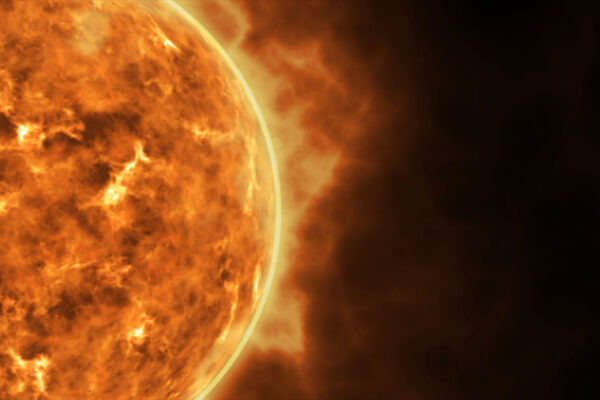Washington University physicists analyze solar wind samples from Genesis mission
How did our Solar System evolve? WUSTL physicists and a large team of colleagues marked the beginnings of that odyssey by examining samples of solar wind for neon and argon, two abundant noble gases. The work was published in the Oct. 19, 2007, issue of Science.
Washington University scientists analyze solar wind samples from Genesis mission
As reservoirs of valuable information go, nothing beats the sun. This sphere of heat and energy holds 99.9 percent of the solar system, saved in all original proportions after planets and meteorites formed. Analyzing the mix of hydrogen, oxygen and noble gases found in the sun can answer one of the biggest questions of the universe: How did our solar system evolve? Scientists at Washington University in St. Louis and a large team of colleagues marked the beginnings of that odyssey by examining samples of solar wind for neon and argon, two abundant noble gases. The work was published in the Oct. 19, 2007, issue of Science.
Washington University physicists begin measurement of Genesis samples
USAF 388th Range SqdGenesis was recovered in the Utah desert with fears that all data were lost.Scientists at Washington University in St. Louis have begun to measure noble gases present in the solar wind delivered to Earth by the Genesis spacecraft, the first sample return mission since the lunar Apollo missions in the late 1960s and early 1970s.
Researchers describe how natural reactor worked
To operate a nuclear power plant like Three Mile Island, hundreds of highly trained employees must work in concert to generate power from safe fission, all the while containing dangerous nuclear wastes. On the other hand, it’s been known for 30 years that Mother Nature once did nuclear chain reactions by her lonesome. Now, researchers at Washington University in St. Louis have analyzed the isotopic structure of noble gases produced in fission in a sample from the only known natural nuclear chain reaction site in the world in Gabon, Wes Africa, and have found how she does the trick.

